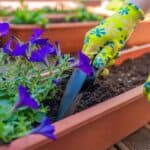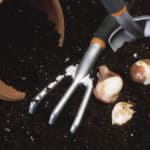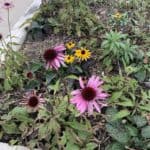Is your garden everything you dreamed it would be? It’s not too late to enjoy some bounty from your garden this year and make gains for next.
Tip #1 – Plant veggies from seed
What? That can’t be right? I’m not kidding. Here in Cedar Rapids, Iowa the average first frost occurs around the first week in October. I’m sorry to break the news to you, but it’s true. But wait, there’s hope! We can still start several kinds of veggies from seed and get a harvest this fall.
As an Amazon Associate I earn from qualifying purchases.
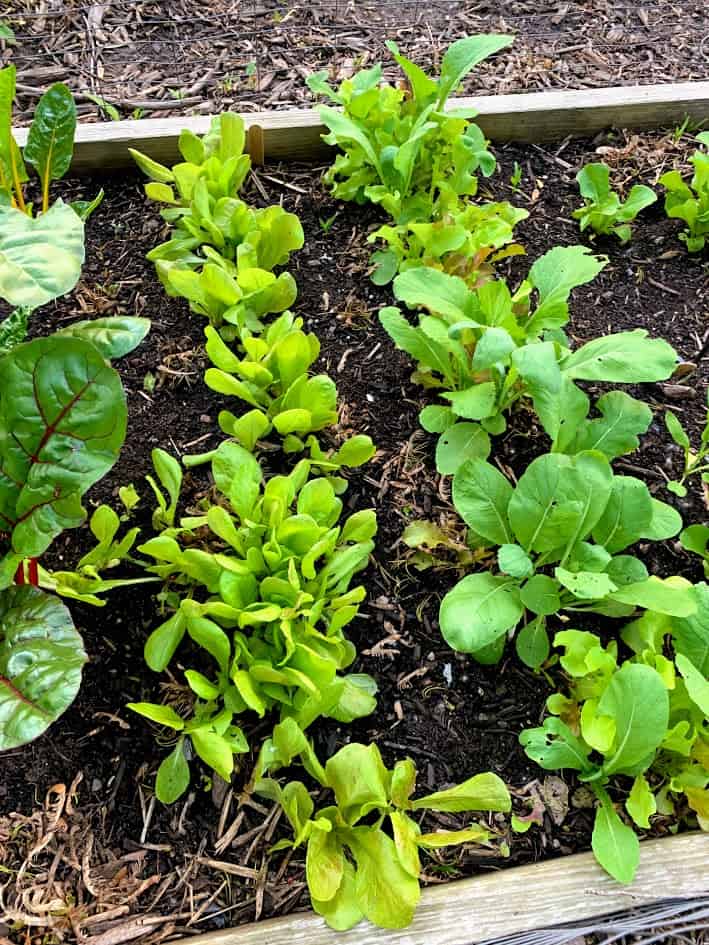
Starting seeds is a lot of fun and many vegetables and herbs actually prefer the warmer soils and cooler temperatures of the late summer and fall garden compared to the chilly widely variable conditions of spring. Late July through August is the perfect time to replant or even plant seeds for the first time. Check your seed packets for the days to harvest. Look up your average first frost date online and work backwards to determine your safe planting time.
While the choices grow more limited by the day, leaf lettuce, spinach and radishes can still make it to a mature crop. And one of my favorites – cilantro! This herb for your Mexican or Asian cuisine is happiest in the cooler temps of fall. Follow the directions on your seed packets and for those that are speedy like leaf lettuce and radish, plant another crop a week later to extend your harvest. You know you’re too late when your days to harvest number is more than a week past the average first frost date for your area. Even if you’re within range, keep an eye on the forecast and plan to cover your babies if the weather turns frosty.
Kale is a garden rockstar that I encourage you to give a try. It can typically be seeded in spring and again in fall if started in late July into early August in Midwest gardens. If you planted kale in the spring, keep right on harvesting, always from the outside leaves in. Harvesting the center, or terminal bud, stops the growth. Kale is tough as nails in the cold and actually gets sweeter with a light frost or two…or five!
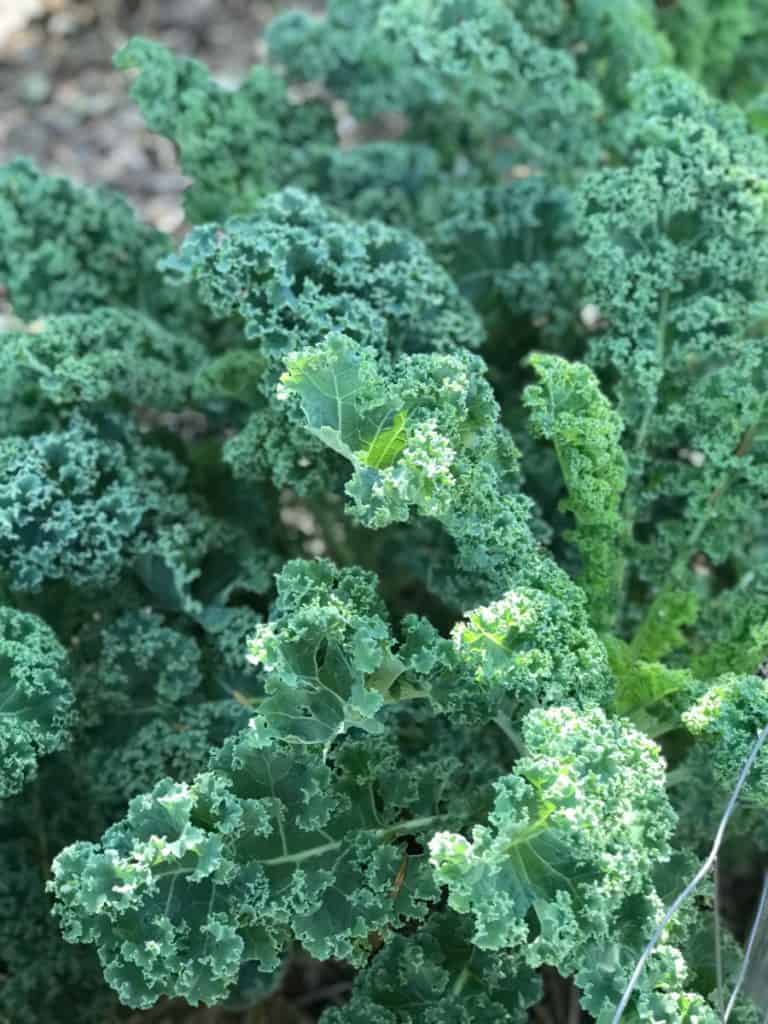
My kale only gives up when it gets covered in snow or temps fall into the teens. Even then, I often have kale winter over unprotected in my USDA Zone 5 garden. The true end of the growing season comes with a killing freeze below 24 degrees Fahrenheit. Even though I’ve seen kale live beyond this point, I will generally choose right before this time or before a heavy snow to harvest, blanch and freeze the remaining kale to use in winter soups, stews and casseroles. I encourage you to leave the terminal bud in the garden to encourage potential wintering over giving you a jump on your kale harvest next spring.
For a wonderful treat next summer, plant garlic. It needs the cold of winter to produce heads. Planting in October is perfect for my garden climate. Check out my blog for more information on growing beautiful garlic year over year. I’ve been replanting each year’s best cloves from the same garlic for more than a decade!
If you’re not yet exhausted from your long season of gardening, you can still keep the garden going for a few more weeks when frosts begin. Use hoop houses built with hoops and row cover, cold frames and frost blankets to buy yourself a bit more time.
Tip #2 – Water consistently
For all of our remaining veggies, annuals and any first-year plantings, keep a consistent watering schedule going right up until frost. Most of our garden plants thrive best with 1 inch of water weekly. If we don’t get that through rain, we need to supplement. Perennials are quite hardy once established and after the first year should seldom need extra water unless we have an especially hot and dry period. Annuals, vegetables and any plants in pots need consistent water for success. Watch the forecast and plan accordingly.
Tip #3 – Always weeding
The weeds can sneak up on us fast. They rob our gardens of beauty and steal nutrients from the plants we’ve added. Additionally, many weeds will produce thousands more if allowed to go to seed. Weed continuously. A morning or evening habit of walking around your garden with a basket to gather weeds as you go makes the task a little more enjoyable. Jumping into the garden after a rain can be very rewarding as you pull your unwanted visitors out easily. Consistent weeding until season-end will keep your garden looking nice and keep weeds from getting out of control come spring.
Tip #4 – Harvest, harvest, harvest
Now that we’re in high season for early summer-planted veggies, you’ll want to be checking daily for new garden gifts ready to enjoy. Keep on harvesting, freezing and canning through fall to maximize the rewards of your hard work! The more we harvest, the more our plants will be incentivized to add new growth.
Tip #5 – To clear or to stand?
One of the questions I get asked most often is when to clear off the gardens, removing all of the spent plants. The answer depends on what you’re growing. For vegetable gardens, you definitely should clear your gardens at the end of the growing season (except for that kale terminal bud), ideally before the snow flies. Doing so will reduce the risk of plant diseases and weeds in your garden.
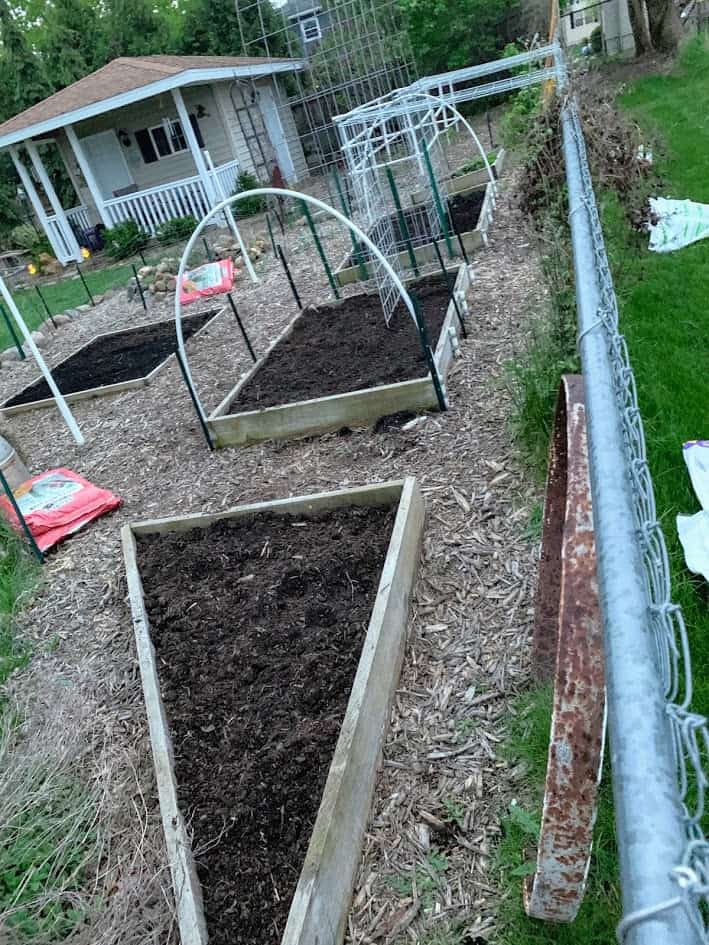
For your flower gardens though, avoid the urge to cut them back in autumn. Let them stand and enjoy the frosty beauty of plants at rest. In spring when new growth begins to emerge, clear the gardens, leaving a few inches of perennial plants standing. The new growth will quickly cover the old and you’ve preserved habitat for pollinators that may have been overwintering in your garden.
A few tips and a dose of sweat equity will have your garden dancing and you enjoying the fruits of your labor right through fall.
